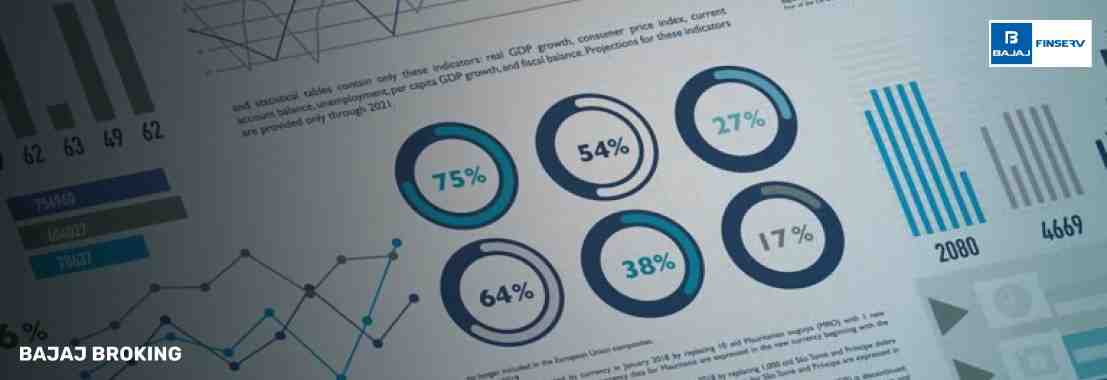A hundredweight, which is often written as CWT, is an old measure of mass that is still useful. Even though the word sounds simple, it can mean different things based on where you are.
A hundredweight is equal to 100 pounds in the US and Canada. The short hundredweight is the name for this type. If you go to the UK or another Commonwealth country, it's 112 pounds, which is called the "long hundredweight."
It may not seem like a big deal, but it does make a difference when things are shipped across borders or prices are compared between countries. CWT is still used a lot in trade, farming, and shipping because it bridges the gap between pounds and tons.
What is Hundredweight?
A hundredweight, or CWT, is a traditional unit of mass that dates back centuries. The name itself gives it away — it refers to “a hundred” of something.
However, what counts as that “hundred” changes by region. In the United States and Canada, it’s 100 pounds — the short hundredweight. In the UK and Commonwealth countries, it is 112 pounds - the long hundredweight.
The slightly different standards the regions hold little practical significance, whereas today CWT is still used in agricultural, manufacturing and transport industries. The hundredweight serves a purpose as a weight in the middle range, accounting for smaller and higher weight values.
Historical Background of Hundredweight
The hundredweight began in medieval Europe, where merchants needed a way to standardise the process of weighing goods. The term comes from the Old French, ‘centner’, and Latin, ‘centenarium’, which means "a hundred."
At that time, weights varied greatly from region to region. Even across the British Isles, there wasn’t one fixed standard. Eventually, Britain settled on the long hundredweight — 112 pounds. It followed their older system where 14 pounds made a stone, and 8 stones made a hundredweight.
On the other hand, the traders in North America turned to a more straightforward and decimal system. There, the traders developed a short hundredweight version of the system, with the short hundredweight equal to 100 pounds. Over time, these two systems diverged further, influenced by location, trade, and custom.
Common Uses of Hundredweight in Various Industries
The hundredweight, or CWT, continues to appear in many industries today. It is useful for working with bulk materials that don't have smaller components to deal with.
In North America, freight rates on less-than-truckload (LTL) shipments are often calculated using hundredweight; it gives fairness in the pricing of heavy items that do not fill a truck, as opposed to parcel shipments.
Cattle, grains, and sometimes produce, are often priced in hundredweight. This pricing method allows traders to conveniently compare bulk items in various markets.
Certain metal trades use hundredweight to price raw or semi-finished materials. It simplifies large transactions that fall below the full-ton threshold.
Scrap metal dealers often buy and sell using the hundredweight system. It offers a quick and shared standard for valuing materials.
Farmers and traders use hundredweight for measuring animal feed and grain. It provides a convenient and uniform way to manage large-scale transactions.
Additional Read: Open Market Operations (OMO)– Meaning, Types & Impact on Economy
Calculating and Converting Hundredweight
Understanding hundredweight and working with conversions depends on the usage of short hundredweight or long hundredweight.
When working from Pounds to Hundredweight:
To go from pounds to short hundredweight (US/Canadian), take the total pounds amount and divide by 100.
Example: 500 pounds ÷ 100 = 5 short CWT.
To go from pounds to long hundredweight (UK), take the total pounds amount and divide by 112.
Example: 560 pounds ÷ 112 = 5 long CWT.
When working from Hundredweight to Pounds:
To convert from short hundredweight (US/Canadian) to pounds, multiply the CWT value by 100.
For example: 3 short cwt × 100 = 300 lbs.
To convert from long cwt (UK) to lbs multiply the cwt value by 112.
Example: 3 long cwt × 112 = 336 lbs.
When working with Metric (Kilograms):
To convert a short cwt to kilograms: Since a short cwt is approximately 100 lbs, you can use the convention 1 lb = 0.453592 kg. Therefore, 100 lb × 0.453592 kg/lb = 45.3592 kg.
To convert a long hundredweight to kilograms: Since a long hundredweight is approximately 112 lb, it is 112 lb × 0.453592 kg/lb = 50.8023 kg.
Conclusion
The hundredweight, or CWT, is a straightforward but persistent unit of mass with two different meanings: 100 pounds in North America and 112 pounds in Britain. Each version illustrates a long history of measurement practice.
It is still used for farming, shipping, and trade, and it always acts as a stable link between small and large amounts. It is important to know which version to use, especially in global business, where accuracy and consistency are needed to make deals clear.




